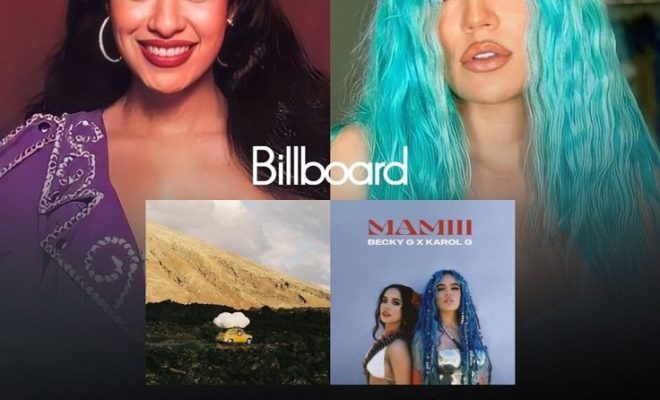How Napster Created a Monster That Became Bigger Than the Music Industry

In the annals of the internet, few stories are as notorious or as transformative as that of Napster. Established in 1999 by Shawn Fanning–a college student—and Sean Parker, Napster began as a peer-to-peer (P2P) file sharing service that revolutionized the way people accessed music. It laid the groundwork for what would become a monumental shift in the music industry and consumer habits, one that’s still felt today.
The Napiper Effect
Napster’s architecture allowed users to share music files, primarily MP3s, directly with each other without any central server. This decentralized approach meant that millions could access an extensive library of music–all at no cost. At its zenith, Napster boasted over 80 million registered users, a staggering figure that underscored its massive appeal.
For consumers, it was a utopian platform; virtually any song was just a click away. Yet for artists and record labels, it heralded an unprecedented loss of control over the distribution of their music. The result was a legal maelstrom. The Recording Industry Association of America (RIAA) filed a suit against Napster that culminated in lengthy legal battles and eventually led to Napster’s shutdown in 2001.
The Fallout and Legacy
Despite its eventual closure, the genie was out of the bottle. The concept of P2P file sharing spread far beyond Napster with platforms like Kazaa, LimeWire, and BitTorrent picking up where it left off. These successors further entrenched the idea that music could–and perhaps should–be freely available.
The impact rippled through the industry as music sales plummeted; between 2000 and 2010, global revenues for recorded music fell by half. Artists were forced to find new revenue streams through merchandise sales and live performances to offset declining royalties from record sales.
However, Napster’s most significant legacy might not be its disruption but how it paved the way for modern streaming services. A dilemma had been posed: how could industries adapt to this new era? Companies like Spotify, Apple Music, and Pandora offered up an answer by providing affordable access to vast libraries of music while ensuring artists are compensated—at least to some degree—for their work.
These platforms have reshaped the music industry’s economics entirely. In 2019 alone, streaming accounted for nearly 80% of all US music industry revenue.
The Monster Lives On
Today, Shawn Fanning’s creation is seen both as a villain by those who mourned for traditional business models and as a visionary achievement by consumers who hungered for freedom in accessing media. By challenging norms and defying a powerful industry, Napster catalyzed a digital revolution—welcoming an age where content is digital-first and often free or low-cost.
The irony is not lost on those who reflect on this story; what was once sued into oblivion became the template for modern media consumption. In its own way, Napster created a monster—a transforming force so potent that rather than being slain, it was adopted by the very industry it upended.
And so stands Napster’s enduring paradox: A short-lived service whose echo resiliently shapes our contemporary media landscape—a testament to innovation’s double-edged sword capable of both destruction and creation.





